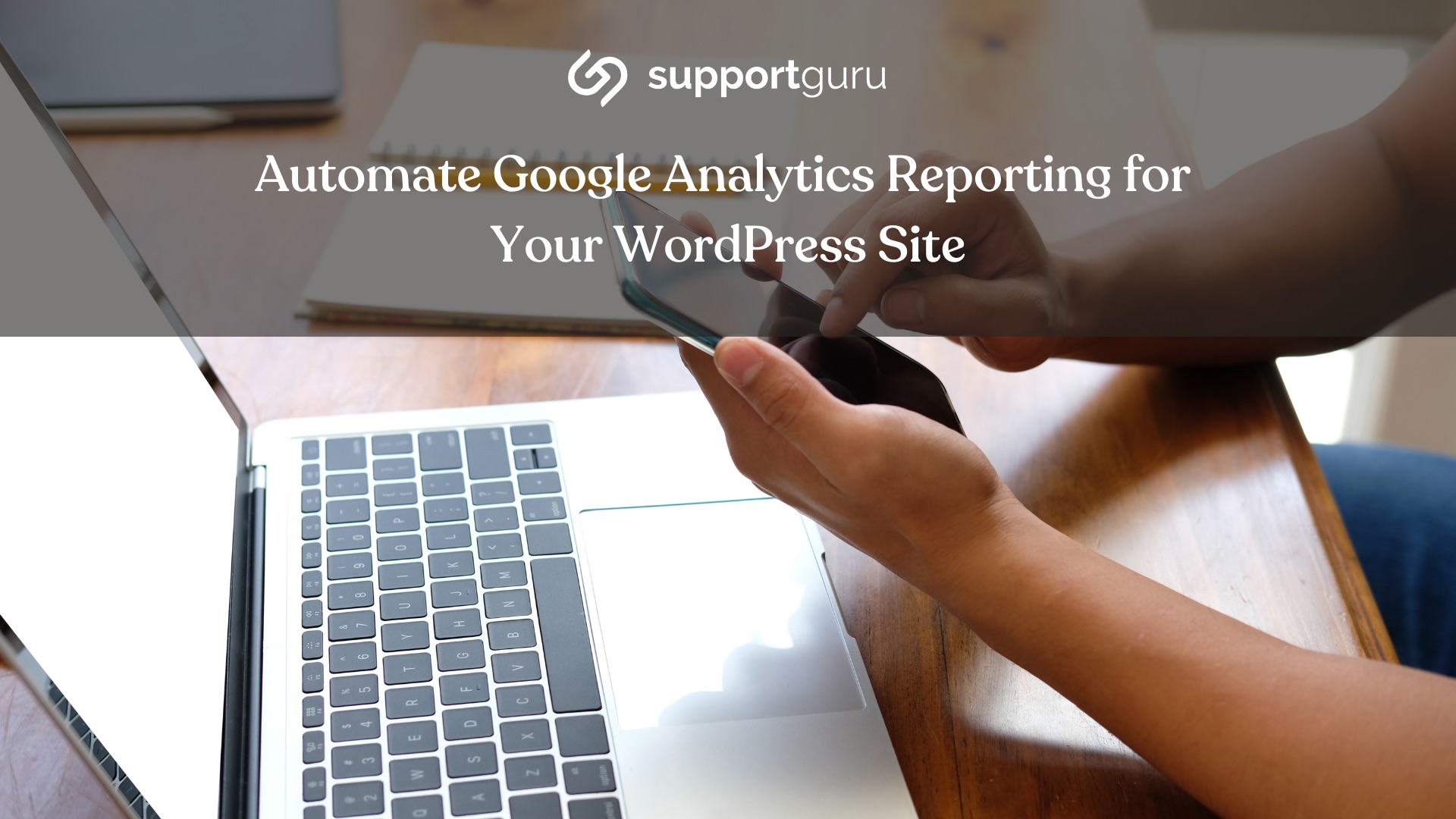Google Analytics, a widely used web analytics tool, provides valuable insights into user engagement, website traffic, and marketing effectiveness.
However, manually extracting and analyzing data from Google Analytics can be a time-consuming and inefficient process.
This is where Google Analytics Automated Reports comes in, offering a powerful solution to streamline data collection and analysis.
Google Analytics Automated Reports
Google Analytics Automated Reports is a feature that allows you to schedule regular reports to be sent directly to your inbox or other preferred channels.
This eliminates the need for manual data gathering and analysis, saving you time and effort.
With automated reports, you can stay on top of key metrics and make informed decisions based on comprehensive data insights.
Benefits of Automated Reports for WordPress Websites
Google Analytics Automated Reports offers several compelling benefits for WordPress website owners:
-
Time Savings: Automated reports significantly reduce the time spent on manual data collection and analysis, freeing up your time for more strategic activities.
-
Organized Insights: Regular updates on website performance keep you informed of trends, potential issues, and areas for improvement.
-
Deeper Understanding: Automated reports allow you to analyze data more effectively, identify meaningful patterns, and uncover hidden insights that may be missed with manual analysis.
-
Data-Driven Decisions: Informed decisions based on comprehensive data insights empower you to optimize your website and marketing strategies for better results.
Setting Up Automated Reports: A Step-by-Step Guide
Setting up automated reports in Google Analytics is a straightforward process:
1. Access Automated Reports
Sign in to your Google Analytics account and navigate to the "Admin" tab. Under the "Reporting" section, click on "Automated Reports."
2. New Automated Report
Click on the "New Report" button to create a new automated report.
3. Report Type
Choose whether you want to create a "Standard Report" or a "Custom Report." Standard reports provide pre-defined metrics and dimensions, while custom reports allow you to choose your own.
4. Report Name
Give your report a descriptive name so you can easily identify it later.
5. Report Recipients
Enter the email addresses of the people who should receive the report. You can add multiple recipients.
6. Schedule
Select the frequency for generating the report, such as daily, weekly, or monthly. You can also set a start date for generating the report.
7. Report Content
For standard reports, choose the desired report type from the list. For custom reports, select the metrics and dimensions you want to track. You can also customize the report layout and include filters.
8. Save and Schedule
Click on the "Save" button to save your report and schedule it to be generated according to your settings.
Optimizing Your Reports: Tips for Effective Data Analysis
To optimize your automated reports and gain the most valuable insights, consider these tips:
-
Define Clear Goals: Clearly define the purpose of each report to ensure you are tracking the right metrics and dimensions for your specific goals.
-
Segment Your Audience: Create segmented reports to gain insights into specific audience groups or behavior patterns. This allows you to understand different segments of your audience and tailor your marketing strategies accordingly.
-
Visualize Your Data: Use charts and graphs to visualize your data, making it easier to identify trends, patterns, and outliers. Visualizations can quickly convey key insights and help you understand complex data sets more effectively.
-
Monitor Trends: Regularly review your reports to track trends over time and identify areas for improvement. Consistent monitoring helps you stay ahead of potential issues and make proactive decisions to optimize your website.
-
Share Insights: Share your reports with relevant team members to inform decision-making and ensure everyone is aligned with the data-driven approach.
Google Analytics Reporting for Your WordPress Site
Google Analytics Automated Reports is an essential tool for WordPress website owners to streamline data collection, stay informed about website performance, and make data-driven decisions that drive business growth.
By automating the process of data extraction and analysis, you can save time, gain deeper insights, and optimize your website and marketing strategies to achieve your goals.
Transform your WordPress site into a data-driven powerhouse.
